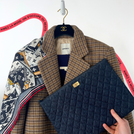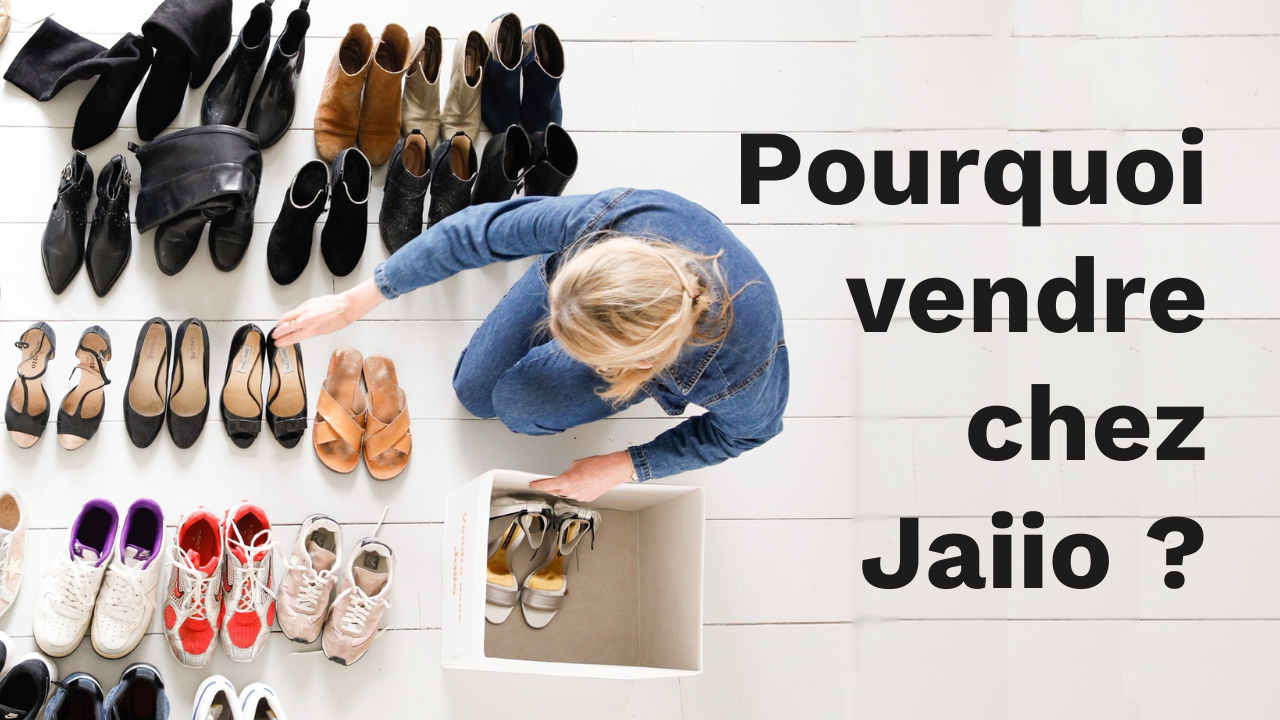In a world increasingly aware of the environmental impact of fast fashion and the need to reduce overconsumption, buying and reselling secondhand clothing is experiencing considerable growth. This growing trend is both an eco-responsible gesture and a way to stay fashionable without sacrificing your wallet. In this article, we share the four benefits of buying and reselling secondhand clothing.
1. Resell for a fresh start 📦

The right thing to do? Before adding new pieces to your wardrobe, resell the ones you no longer wear. You'll get the most out of your new purchases, save space, and, most importantly, give your old clothes the chance to find a new life in the hands of others who will love them in turn.
2. Preserve your bank account 💸

By turning to second-hand for your new favorites, you will find quality, brand-name pieces at a fraction of the original price.
Bye, bye fast fashion. For the same price, you can treat yourself to the brands you dream of without increasing your budget. Yes, your banker will love you.
3. Find pieces as unique as you are 🌟

Raise your hand if you haven't been in the same room as someone dressed the same way as you!
Secondhand pieces offer a chance to discover unique and original gems. Whether it's a vintage dress, a rare accessory, a collection you've longed for, or a limited edition, you'll never again wear the same outfit as your neighbor (she'll probably ask you for advice ;-).
4. The most eco-friendly clothing is the one that already exists. 🍃

Last but not least… One of the most compelling reasons to turn to secondhand clothing is its positive impact on the environment. The production of new clothing generates a significant amount of textile waste, greenhouse gases, and water usage. By purchasing pre-made and worn clothing, you help reduce the demand for new production, thereby limiting these negative impacts.





